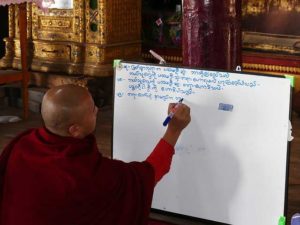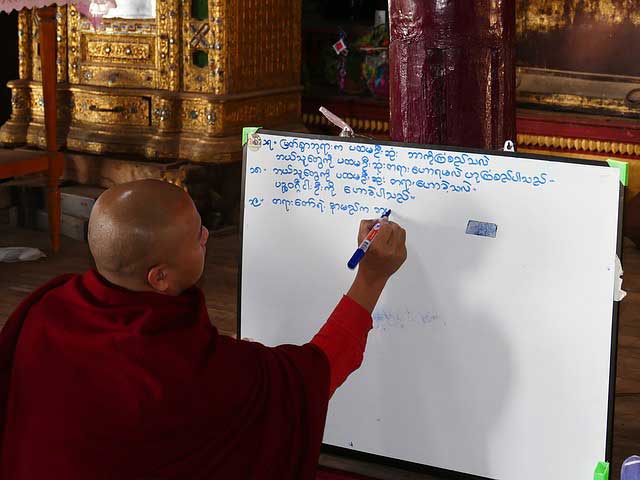Burmese language
Burmese language is the official language of Myanmar (formerly known as Burma) and is nowadays spoken by more than 30 million people. It is one of the representatives of the Asian languages from the Sino-Tibetan family and its previous forms dates back to the 11th century inscriptions found in the ancient city of Bagan.
Although Myanmar recognizes the English name of the language as the “Myanmar language”, specialists in the area of translation, and not only, continue to call it Burmese language.
Burmese writing system
Burmese orthography has strongly been influenced by Hinduism and Buddhism. The Burmese script is a form of the Mon script, which can be traced back to the Brahmi script of India. Since these writing systems were generally adapted to the sounds of Indo-Aryan languages, the Burmese script still does not fully represent the spoken word.
The Burmese writing system consists of symbols that represent circles or portions of circles in different combinations. The most credible reason for this is that the script has been developing in a time when letters would be engraved on palm leaves, the texture of which does not allow for the use of straight lines. Today, the Burmese alphabet consists of 33 letters that represent consonants, including 14 vowels that are indicated by diacritics. It is written horizontally from left to right.
Burmese punctuation
At first sight, the language might seem quite friendly and easy to learn. The alphabet does not have as many symbols, grammar is pretty simple, and the writing direction is the typical left to right horizontal. However, Burmese punctuation often gives translators a hard time. Is it really that confusing?
 We can start with the fact that the combinations of consonants and vowels (the same letters with diacritics) are signified by special orthographic ligatures (like the German ß, or the English æ). Burmese is a tonal language, but that does not mean that there are special indicators for tones – instead they are implied by the use of vowels. We go on with the fact that in Burmese punctuation rules spaces are used to separate not words, but phrases. And here come Burmese punctuation symbols:
We can start with the fact that the combinations of consonants and vowels (the same letters with diacritics) are signified by special orthographic ligatures (like the German ß, or the English æ). Burmese is a tonal language, but that does not mean that there are special indicators for tones – instead they are implied by the use of vowels. We go on with the fact that in Burmese punctuation rules spaces are used to separate not words, but phrases. And here come Burmese punctuation symbols:
- ၊ – signifies a comma, or a small break;
- ။ – signifies a full stop, or the end of a sentence;
- – – is used as a colon;
- း။ – signifies a question mark;
- ၏ – stands for a full stop in the case where the sentence ends with a verb;
- ၍ – serves as a connector between two trains of thought;
Naturally, for a person who hasn’t seen Burmese language before, this must seem crazy. However, a lot of translators and language specialists that work with the language share their fascination with it. All of these peculiarities might make it difficult to work with, but it remains one of the most musical languages in the East, which also makes it great for fine and gentle poetry.
